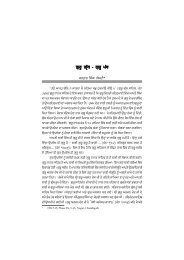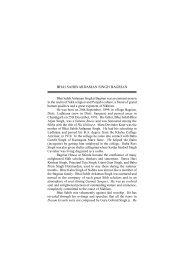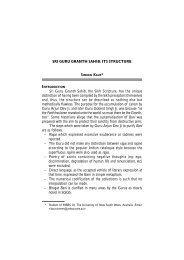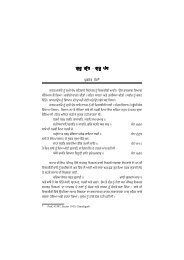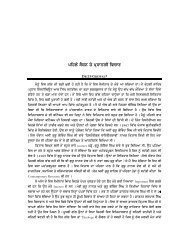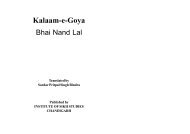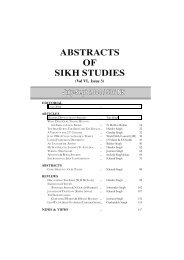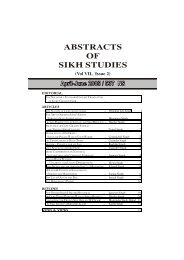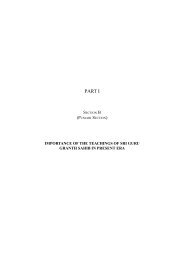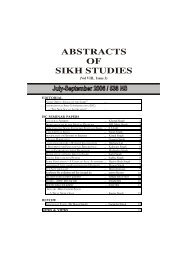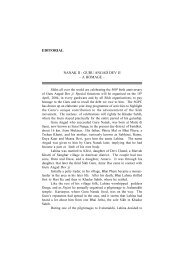Create successful ePaper yourself
Turn your PDF publications into a flip-book with our unique Google optimized e-Paper software.
MINORITY RIGHTS ARE INDIVISIBLE59(Cabinet Mission) Plan. It is true that Azad did his utmost to preventPartition but failed to persuade Nehru and Gandhi not to accept it.But this relates to the very end <strong>of</strong> the sad chapter.Secondly, Justice Dharmadhikari’s thesis states that in order toally the fears and apprehensions in the minds <strong>of</strong> the Muslims and theChristians, the Constitution provided them special guarantees andprotected their religious, cultural and educational rights in the form<strong>of</strong> Articles 25 to 30. This is an absurd reading <strong>of</strong> the Constitution.Articles 25-28 relate to the freedom <strong>of</strong> religion and are universal intheir application to all citizens. Articles 29 and 30 relate to culturaland educational rights <strong>of</strong> minorities. Both sets distinct from eachother, both in scope and purview, form part <strong>of</strong> the Fundamental Rights.Then the obiter dicta says that only Muslims, Christians, Anglo-Indiansand Parsis are recognised as religious minorities at the national level andattributes the size <strong>of</strong> the Muslim and Christian communities to the duration<strong>of</strong> Mughal and British rule! It hints as if the objective <strong>of</strong> the Mughal Stateand British rule was conversion. This is far from the truth.The obiter dicta describes the <strong>Sikh</strong>s and the Jains as “so-calledminority communities,” which have “throughout been treated as part<strong>of</strong> the larger Hindu community”. It seeks to reduce them to sects orsub-sects <strong>of</strong> the Hindu religion.The fact is that in making the Constitution, the <strong>Sikh</strong>s, Buddhists,Jains and Parsis all were recognised as minorities.But the real purpose <strong>of</strong> Mr Justice Dharmadhikari’s travel intothe uncharted terrorities, without a compass, becomes apparent whenhe identifies Jainism with what he calls Hindu Vedic religion, thoughthe Jains reject the Vedas and the Brahminical philosophy, as theirTirthankaras and specially Mahavir have charted their own spiritualcourse like Buddhism.Then he comes to his final conclusion: “Hinduism can be calleda general religion and common faith <strong>of</strong> India.” He thus elevatesHinduism above other religions <strong>of</strong> India and equates Hinduism withIndianness. This is an anti-thesis <strong>of</strong> the constitutional principle <strong>of</strong>equality <strong>of</strong> all religions which implies that religions, whatever thenumber <strong>of</strong> their followers, are equal before the law and that nodistinction can be made among them on the ground <strong>of</strong> origin, i.e.,where they were born! This projected superiority <strong>of</strong> Hinduism is not



